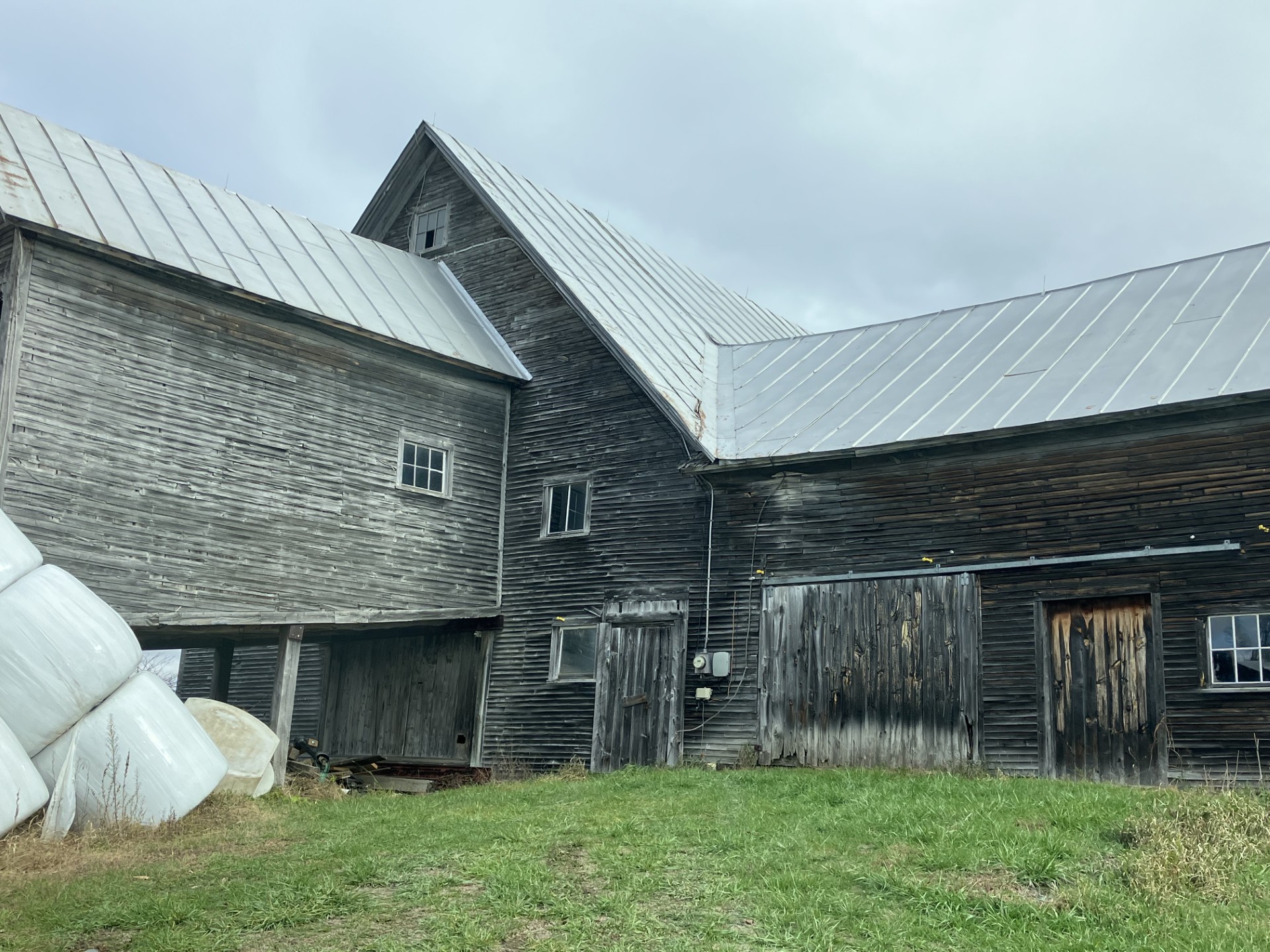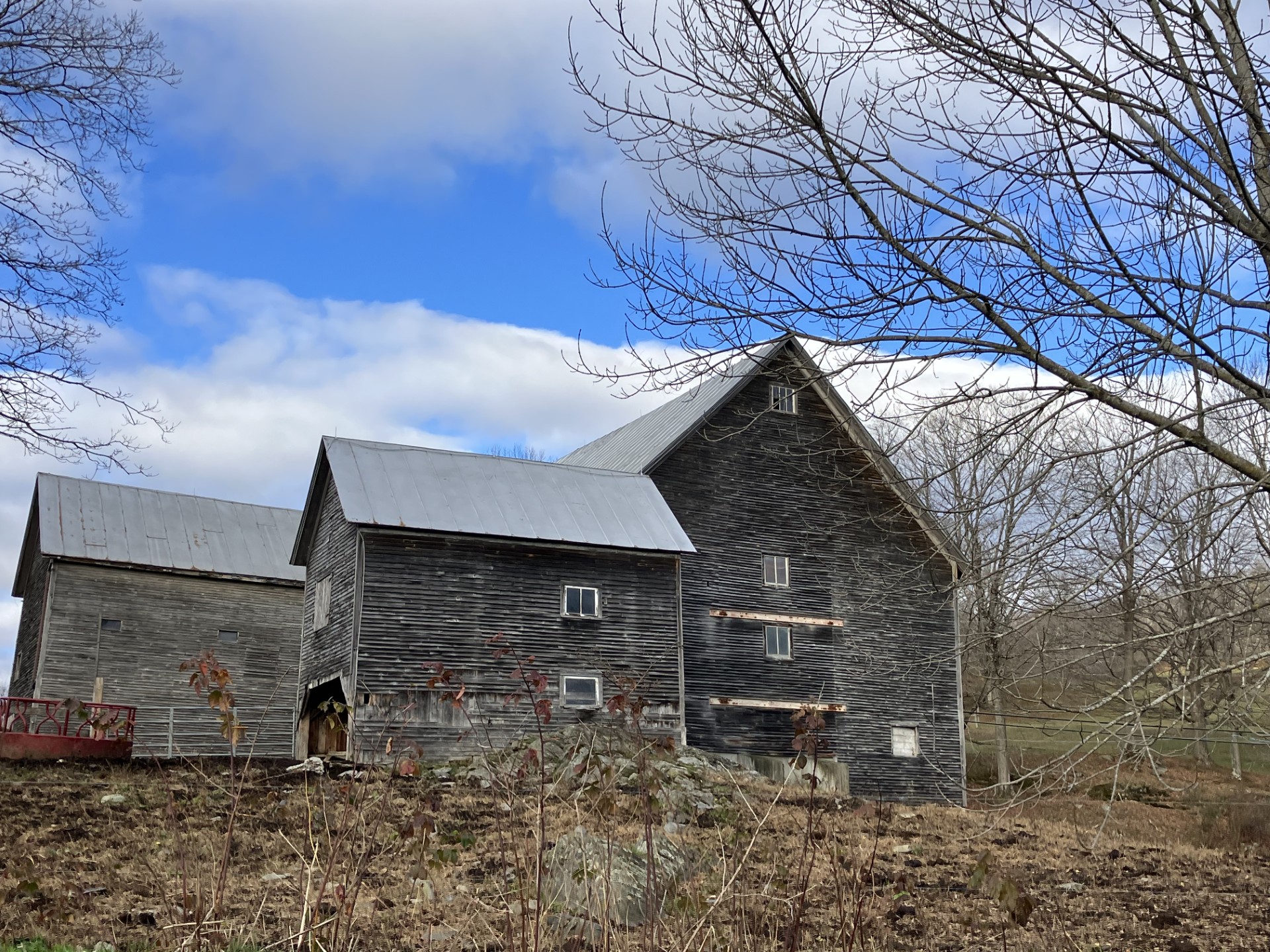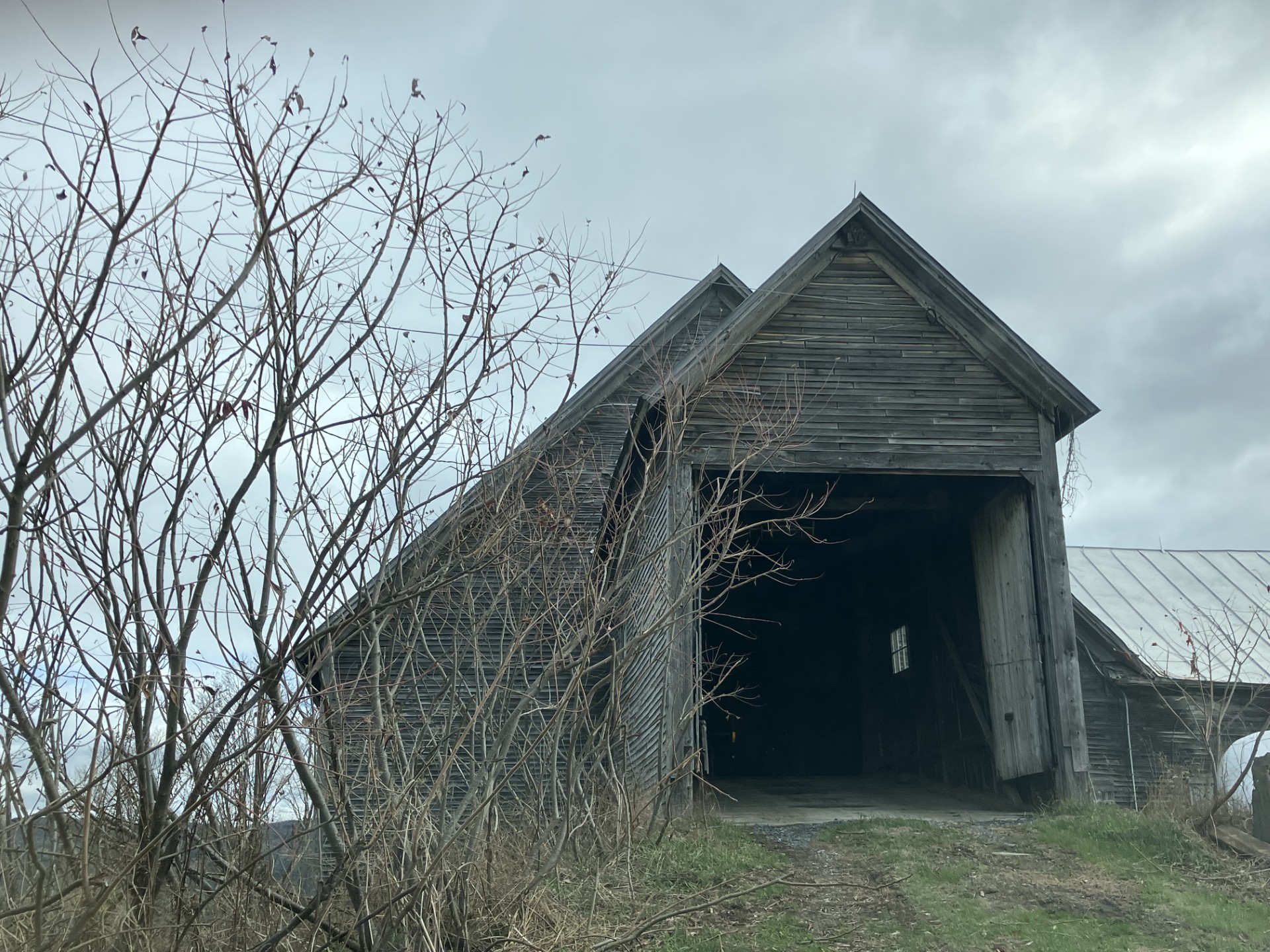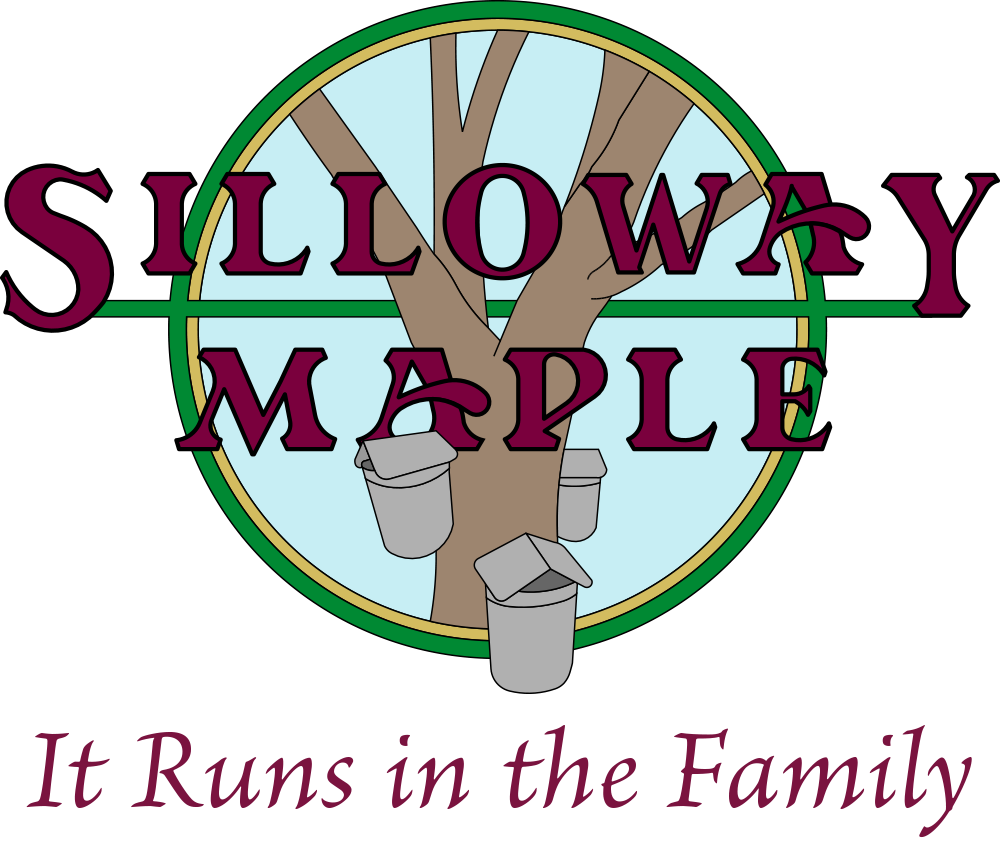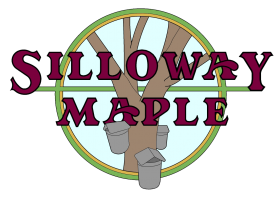07 Nov The “Heifer” Barn
Just down the road from the home farm stands this old barn, used for many years to raise our heifers. They run freely in and out of the bottom of the barn, where there’s a barnyard leading out to a very large pasture, steep and rocky, with plenty of wild blackberry bushes and a swampy area. Fencing that is a real job, along the road, but then high up the hillsides. Right across the dirt road from the barn is an even larger pasture, where the heifers and dry cows go in the summer. My brother grains them each day so he can look them over. Sorting them to bring home the ones that are ready to calve is another story!
When I was little, a farmer named John Kolnik lived on this farm. He might have been Russian by nationality, and sometimes came up to our farm for something or another, always wearing denim overalls, and interesting to me, with a salt shaker in one pocket. He would pick one of my Mother’s tomatoes from the garden, salt it, and stand in the yard eating it.
Mr. Kolnik moved along, and we rented the barn and land from the new owners, well known folks from Massachusetts, where Mr. Winship was editor of The Boston Globe. The barn was fascinating to me, with the many floors, the inside silo, the stanchions and mangers, the old tools and some household items abandoned by the farmer.
We filled the mows with hay for our young cattle each summer. See the High Drive? We would pull up in with the tractor and haywagon, the floor creaking, and unload in the dim light. My Dad solemnly told about a young woman, on a different farm, who missed putting in the clutch when she drove up in, kept right on going through the end of the barn, and perished in the fall to the ground far below.
Unloading the hay from the wagon was the easy part. Far below in the “hole”, each of three bays, we stood stacking the bales as they were sent down. It was hot, the air was close, and the likelihood of being struck by a bale was high. As we stacked, layer after layer after layer, we soon built above floor level, stacking all the way to the roof, a feat requiring some skill so the bales wouldn’t kick out and the mow fall in. Similar in some ways to a wood pile, leaning a bit in as you go higher.
Backing the four wheel wagon out was nearly impossible, I think my brother David was the most able. Often he was baling, so Dad would pull the pin from the hitch, fastening a heavy chain to the drawbar. Which was trickier, slowly backing the tractor, or turning that drawbar just so to steer the wagon back down out. There was no room to spare. Then a nice cooling drive back to the field for another load. Faster, but disappointing, if there was another load waiting outside the barn each time!
Old barns like this are all across the country. Many fall into disrepair, and eventually fall down altogether, but my Dad always fixed the roofs, jacked up and shored up and took great care.
